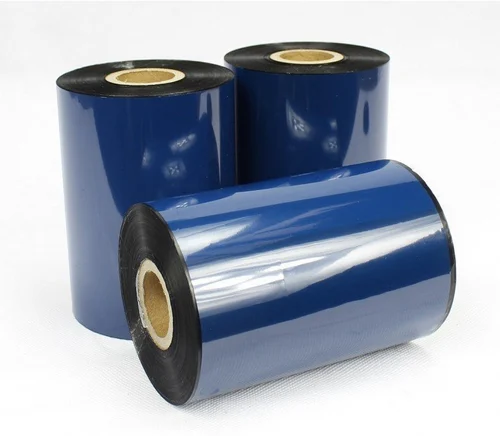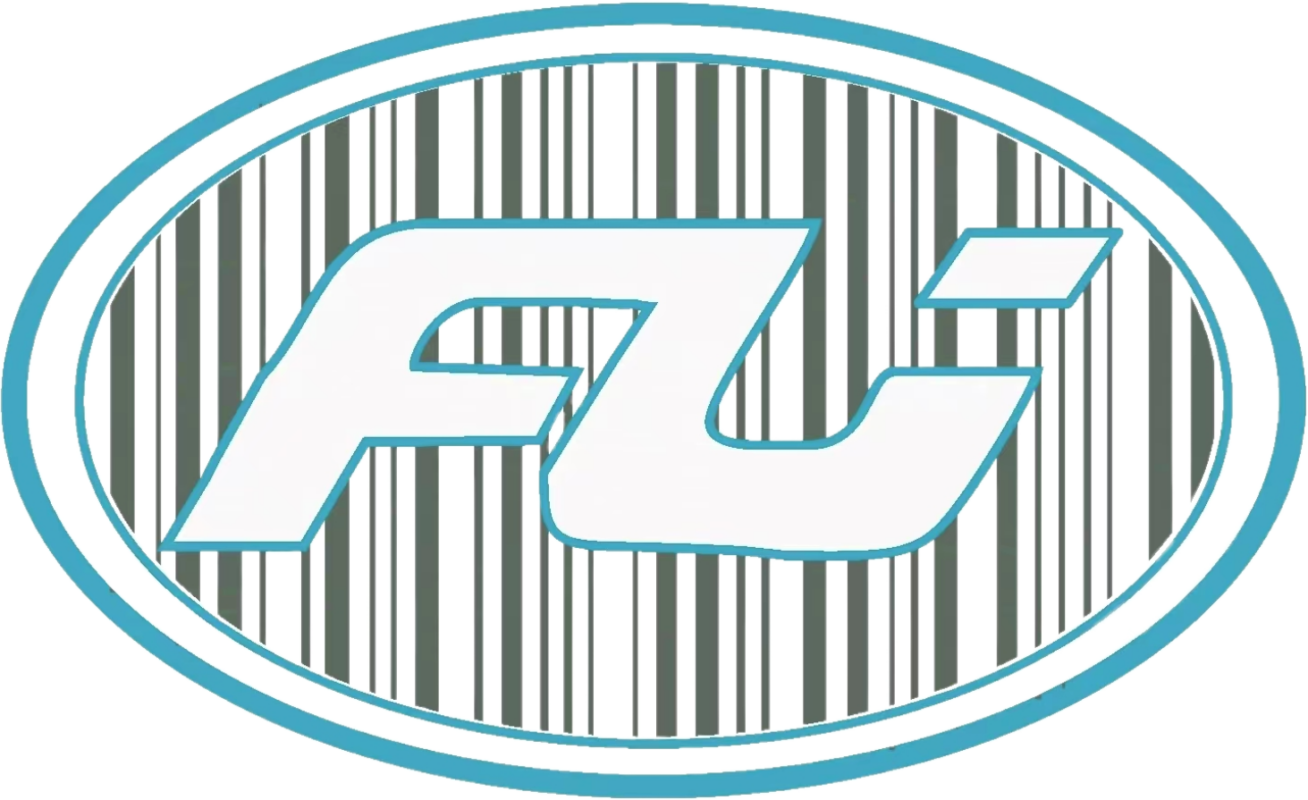Blog
What Are Ribbon Tags? Types, Uses, and Industry Applications
Businesses are turning to ribbon tags as key solutions for enhancing their product packaging while strengthening their brand image. These fabric strips serve multiple purposes as they demonstrate quality and style while showing attention to detail beyond mere decoration. The fashion and fine food industries now use ribbon tags as essential branding tools because they blend practical application with visual appeal.
The guide provides a thorough examination of ribbon tags by explaining their definition while detailing their production materials and printing techniques and showing how different industries utilize their benefits. This resource offers necessary information for distributors, wholesalers, and procurement managers who wish to expand their product lines or source bulk ribbon tags.
What Are Ribbon Tags?
Definition and Structure
Ribbon tags refer to narrow ribbon-shaped labels that display branding details as well as care instructions and decorative or marketing messages. Common materials for ribbon tags include satin, grosgrain, cotton, and polyester which manufacturers cut into various lengths and shapes to meet diverse application needs.
Primary Functions
- Branding and logo display
- Packaging enhancement
- Informational or instructional messaging
- Decorative finishes for product lines
Differences Between Ribbon Tags and Woven Labels
Both ribbon tags and woven labels perform branding functions but ribbon tags typically involve printing processes rather than weaving and they remain softer with more design and sizing options. These tags stand out as top choices for limited quantity and marketing packaging needs.
Popular Styles of Ribbon Tags
1. Straight Cut Tags
- Clean edges
- The design of these tags allows them to fit seamlessly into packaging seams or be easily tied around product handles.
2. Loop Fold Tags
- Folded in half and sewn into seams
- Common in clothing and soft goods
3. Fishtail Ends
- Decorative V-cut on both sides
- Used for luxury goods and premium unboxing
4. Heat-Sealed Ends
- Prevent fraying
- Great for single-use or throwaway packaging
5. Bow-Tied Tags
- Serve as both branding and closure
- Bow-tied tags serve dual functions as branding and closures for gift items alongside chocolates and jewelry boxes.
Materials Used in Ribbon Tags
Satin Ribbon Tags
- Smooth texture with a glossy finish
- Associated with high-end branding and cosmetics
Grosgrain Ribbon Tags
- Ribbed texture and matte finish
- Common in children’s clothing, stationery, and gifting
Cotton Ribbon Tags
- Natural, eco-friendly material
- Perfect for organic, handmade, and sustainable products
Polyester Ribbon Tags
- Polyester ribbon tags provide an economical solution that withstands wear while working with various printing techniques.
- Suitable for most packaging types
Common Printing Techniques for Ribbon Tags
Screen Printing
- Bold colors and high contrast
- Suitable for simple logos and short texts
Foil Stamping
- Metallic and eye-catching
- Excellent for adding a premium touch
Thermal Transfer Printing
- Fast and clean
- Great for barcodes and high-resolution graphics
Sublimation Printing
- Full-color and photo-realistic
- Ideal for polyester ribbons
Where Are Ribbon Tags Used?
Fashion and Apparel
- Garment labels contain logo tags and care instructions which are inserted into clothing items.
- Attached externally to garments for promotional releases
Cosmetics and Beauty Products
- Used on product boxes, pouches, and kits
- Adds a touch of elegance and sophistication
Food and Gourmet Packaging
- Applied to jars, bottles, or gift baskets
- Emphasize handmade, artisanal quality
Jewelry and Gift Boxes
- Serves as a branding channel while increasing perceived product worth.
- Popular during holidays and corporate gifting
DIY, Stationery, and Crafts
- Personalized gifting utilizes custom printing to add individual messages to each item.
- The product holds significant appeal for Etsy-style businesses and small enterprises.

Why Businesses Choose Ribbon Tags
1. Brand Storytelling
Ribbon tags present your brand’s identity alongside its story and message through elegant design elements.
2. Aesthetic Value
Ribbon tags transform packaging through their texture and color and print which creates a visually appealing and lasting impression.
3. Cost-Effective Customization
Ribbon tags deliver exceptional ROI because they combine affordability with powerful visual impact.
4. Versatility Across Products
Ribbon tags work well with clothing, food items, gifts among other products which establishes their status as a universal branding solution.
5. Easy to Store and Apply
Ribbon tags require minimal storage space and can be easily attached to products through tying, gluing or sewing.
Tips for Designing Ribbon Tags
Choose the Right Material
- Satin for elegance
- Cotton for sustainability
- Grosgrain for sturdiness
Match the Print Method with Purpose
- Foil for luxury
- Screen printing for bold branding
Consider the Shape and Size
- Shorter for simple logos
- Longer for care instructions or messaging
Always Order Samples
- Test for print quality
- Validate durability
- Ensure color matching with your brand palette
Bulk Ordering Considerations
MOQ and Pricing
Minimum order quantities differ across suppliers and material types. Ribbons made of cotton combined with foil stamping generally require higher minimum order quantities.
Lead Time
Customization details and shipping options will determine the lead time, which ranges from 5 to 20 business days.
Customization Options
- Print on one side or both sides
- V-cut or straight ends
- Multiple ribbon widths (10mm, 15mm, 25mm, etc.)
Shipping and Packaging
Choose between rolled, flat-packed or pre-cut ribbon tags according to your application needs.
Conclusion: The proper ribbon tag selection enables businesses to enhance their branding presence.
Small ribbon tags produce substantial impact on product presentation. A multitude of material choices along with various styles and print options allows ribbon tags to personalize packaging while elevating product value.
Both distributors aiming to expand their packaging selection and purchasing managers who need dependable ribbon tag solutions can strengthen their decision-making by understanding ribbon tag fundamentals.
Looking to obtain superior ribbon tags customized specifically for your requirements? We deliver reliable delivery along with expert guidance and customization options to help you achieve business success.
👉 Contact us now
📧 sales@foyottr.com
📞 Tel: +86-592-6018318
🌐 https://foyottr.com/
Frequently Asked Questions (FAQ)
Q1: Are ribbon tags suitable for machine washing?
A1: Polyester and nylon are the only types of materials that can withstand machine washing. Always confirm with the supplier.
Q2: Standard ribbon tags measure between 10mm to 25mm in width and 3cm to 15cm in length depending on their intended use.
A2: Ribbon tags generally range from 10mm to 25mm wide and their length varies between 3cm and 15cm depending on their usage.
Q3: Is it possible to print designs on both sides of a ribbon tag?
A3: Double-sided printing options exist from many manufacturers but come with a small additional charge.
Q4: To protect ribbon tag edges from fraying select heat-sealed ends or ultrasonic edge finishing services.
A4: Select heat-sealed ends or ask for ultrasonic edge finishing to stop fraying.
Q5: The optimal method to attach ribbon tags to products depends on your specific items but you can sew, tie, glue or staple them.
A5: You can choose between sewing, tying, gluing, or stapling to attach ribbon tags depending on the product type. We suggest experimenting with application techniques using sample products before full implementation.

